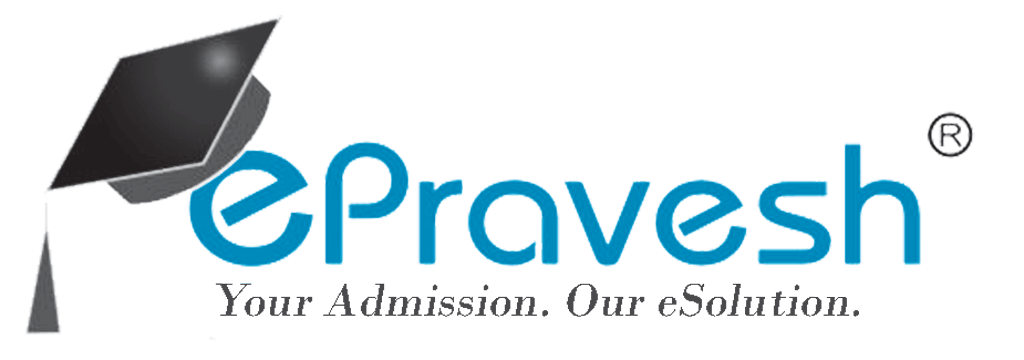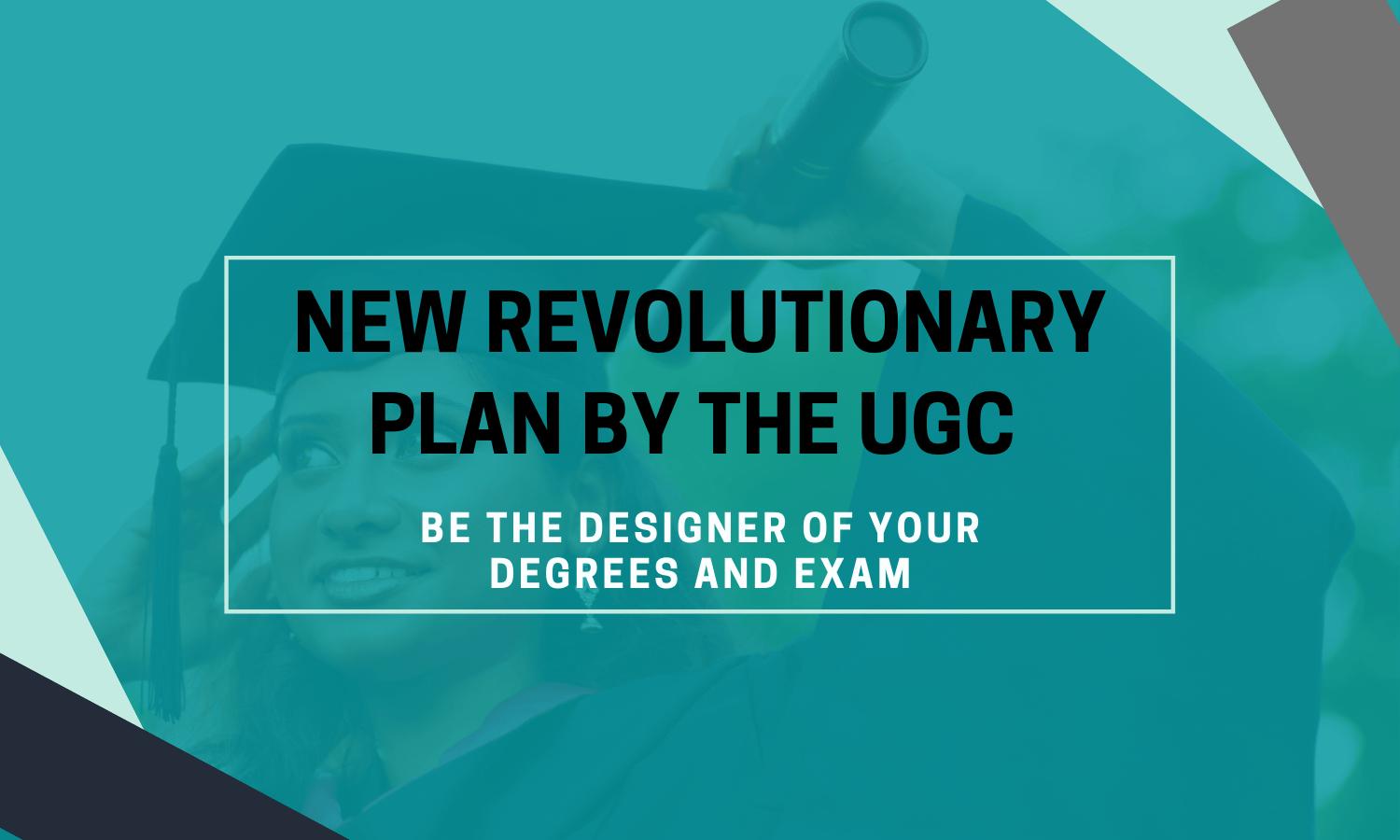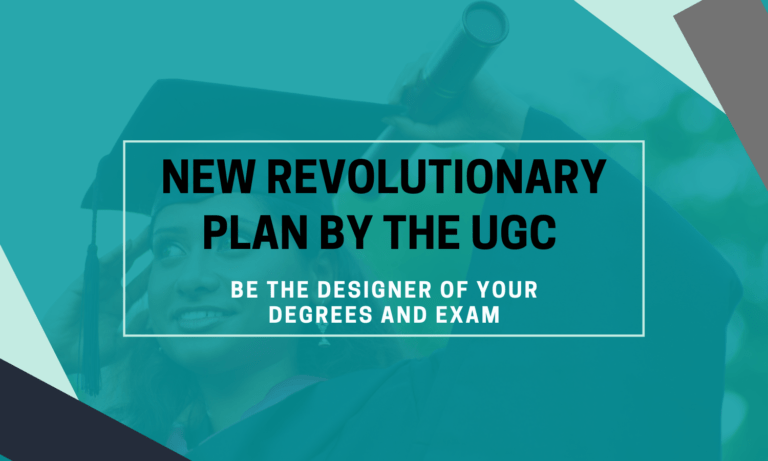
Article Contents
What is the new radical plan proposed by UGC?
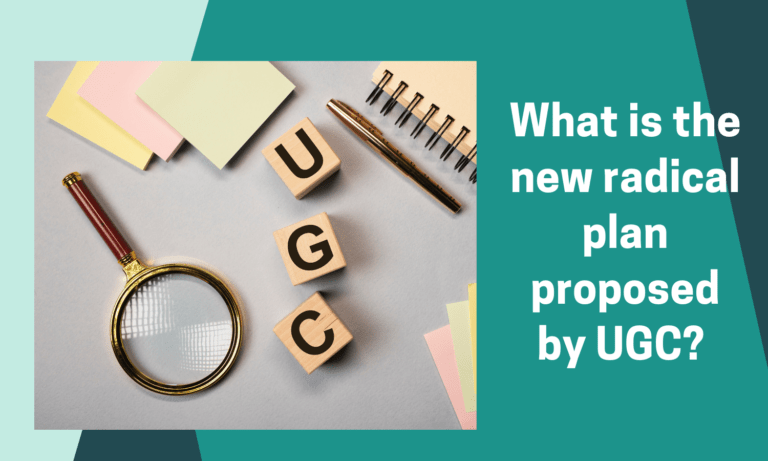
An education model is an important part of any education system. It is based on research and thesis of every aspect of child development. Thus, the education model is responsible for shaping up the mind, thought process and developing different life saving skills.
Indian education sector has been following the current education model since a long time. But in the view of the recent crisis caused due to the corona virus outbreak, the shortcomings in this model came into the light.
With the unforeseen cancellation of the 12th board exams, it has become more important to alter the existing higher education policies so as to harmonize them with the changing times. The University Grants Commission (UGC) decided to bring in some major changes in the pattern of the higher education.
To do this, the UGC have proposed some changes in the education model wherein the students going for higher education would be given some liberty to design the courses as per their wish. The students would be able to do the following things:
- The students can attend the class of their choice
- They would also be able to choose the timing of the classes
- They can frame their own courses as also design their degrees
- They would be able to study through any available mode
- They can learn and give exams on demand
As per the Secretary of UGC, 40%- 60% formula can be applied for teaching. 40% of the syllabus will be taught in an online mode while 60% will be taught in the offline mode that is in the classrooms. Thus, the UGC aims at following the model of ‘Blended learning’ or ‘Hybrid education’ for higher education.
Let us understand Hybrid education in depth.
What is hybrid education?
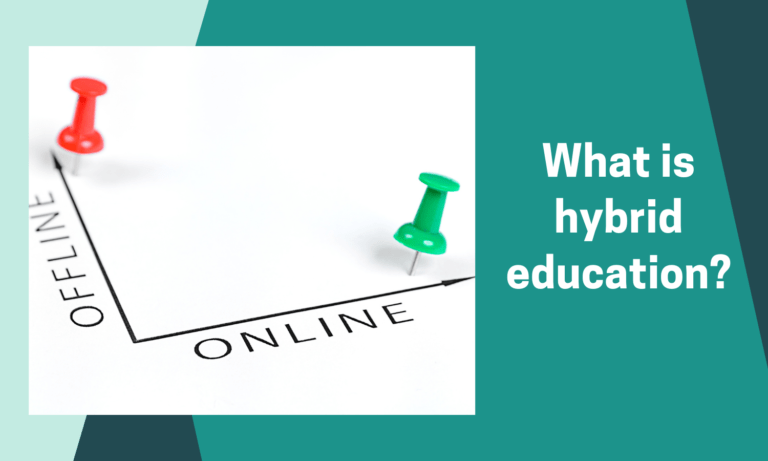
Hybrid education or blended learning is a combination of two modes of learning – online and offline. Thus, as per this model, the syllabus to be taught will be divided.
Some of the syllabus will be taught in the traditional way, in the classrooms and the rest of it will be taught virtually in the form of live classes. Clearly, the classroom learning would be face-to-face in the same room while the online learning will be in virtual classrooms.
In case of online learning, the teachers would be able to share resources such as recorded lectures, podcasts, PPT slides, articles, assignments, etc. before or after the classes. Hence, the students would be able to access this digital study material anytime they wish.
The Hybrid learning model will encourage students to participate in discussions, be more interactive and increase their engagement.
The UGC plans to implement a CCE (Continuous Comprehensive Evaluation) model for the colleges and universities. The CCE aims for the following points:
- The students would be given grades instead of marks which would be based on their curricular as well as extra-curricular performances.
- To reduce the pressure of examinations, the students will appear for number of small tests carrying fewer marks instead of appearing for one annual exam carrying lot of marks.
- Grades will be granted on the basis of work experience, creativity, teamwork, behaviour, understanding, etc.
- The students will be encouraged to participate in sports or other cultural and social activities if they are not good in academics.
Thus, the adoption of both Hybrid education and CCE model would certainly prove to be a game changer for India’s higher education.
Here is a summary or highlights of the Hybrid education as proposed by the UGC.
- Students would be able to choose the time for their classes, frame their courses and design their degrees.
- 40% syllabus will be taught virtually while 60% would be taught in the classrooms.
- The videos lectures (face-to-face, not pre-recorded) will be shared with the students.
- E-textbooks will be provided which are independent of internet
- Exams will be conducted only in the offline mode in the initial days
- Online assessments (quiz, assignments, and tests) will be conducted at regular intervals to evaluate student performance.
The Blended learning or Hybrid education thus seems extremely beneficial. But it does have some limitations. Let us have a look at both- the advantages and the limitations of this model.
What are the advantages and limitations of Blended learning model?
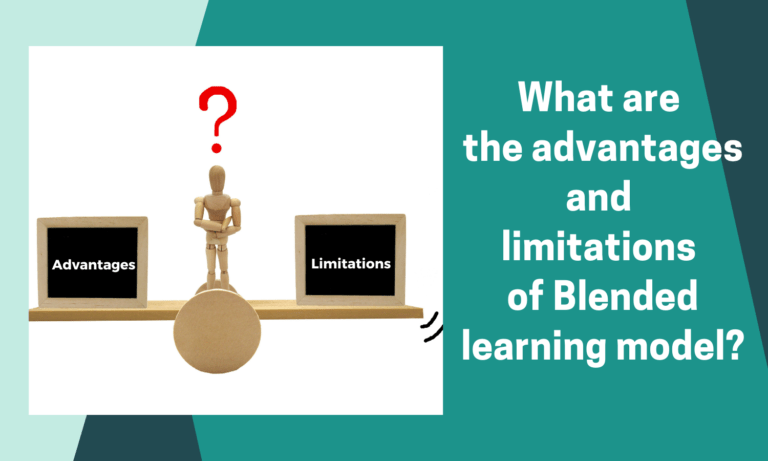
Many experts working in the education sector do think that this education model will provide many benefits to the teachers as well as to the students. The students will have access to a variety of online study material all the time. This will help them to study or revise the syllabus whenever they wish.
Hybrid education will help students them become more techno-savvy and provide them confidence to speak on any public platforms. They would be able to study at their own pace which would also make them independent. Different EdTech tools will help to accelerate the pace of students’ and teachers’ online engagement.
The adoption of EdTech tools by the higher education sector has increased by 41% since the beginning of the pandemic in 2020.
Blended learning would also reduce the infrastructural and logistical needs. It will help to save spent on commuting and thus help to save curb the cost investments.
As per some experts, the switch from classroom based learning to hybrid education might take some time to get implemented as some stakeholders might not get on board with this idea immediately.
Hybrid education might also pose as a challenge for those students who belong to the remote areas as they have very limited access to internet. For these students, classroom lectures would be preferable.
According to an Educationist, blended learning would not be the best learning model for the students with special needs. Also, teaching some vocational courses and performing arts would be difficult in an online mode.
What will be the contribution of the teachers in hybrid education?
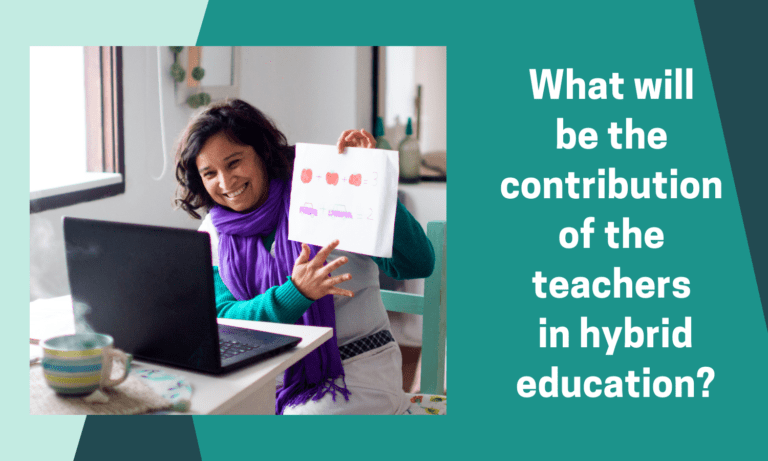
In Hybrid education, the teachers would be responsible to conduct both online and offline classes. They would have to carry out those activities which they usually do such as giving assignments, checking the assignments, solving students’ doubts, providing feedback, etc.
Although the blended learning model is student-driven and customised as per the students’ needs, the role of the teachers would still be significant.
How will these changes affect the higher education sector in India?
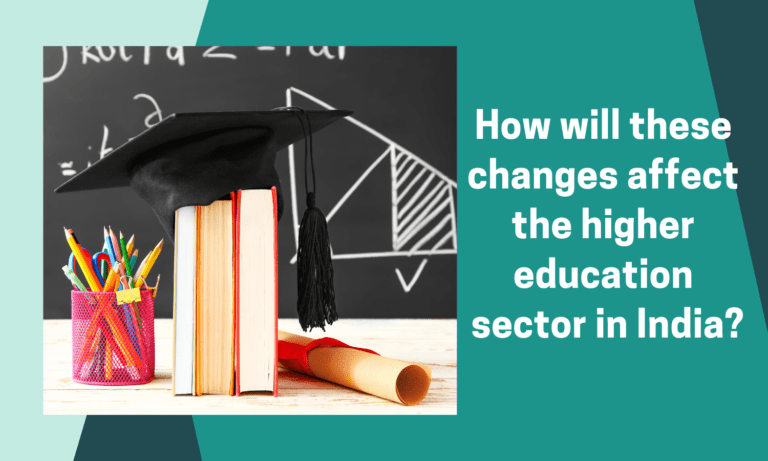
The changes in the higher education have become vitally important. A fresh new and functional set of education policies must be drafted which would help to overcome the shortcomings of the current education model.
The number of students who apply for higher education is much lesser that the number of students who apply for undergraduate courses. This is because of many factors such as unaffordable cost of education, limited career options, inaccessibility, lack of infrastructure, inadequate teachers, etc.
In India, about 20 million students apply for higher education. 37% of students apply for arts stream courses, 19% science stream, 18% commerce stream, 16% engineering and technological streams.
All these factors must be considered while designing new policies for higher education which would help to boost the higher education ratio in India.
Due to the technological growth, blended learning or Hybrid education will certainly prove helpful. This model will work very well if the infrastructural needs of the students are taken care of.
Along with the above mentioned factors, if the students are provided with devices and internet connection, if they have the option to design their courses, if they have the option to choose the classes and timings, that is, if all the education stakeholders such as the teachers, students, institutions, parents, etc. are getting benefitted, then there is no doubt that the new education model would turn into a huge success.
